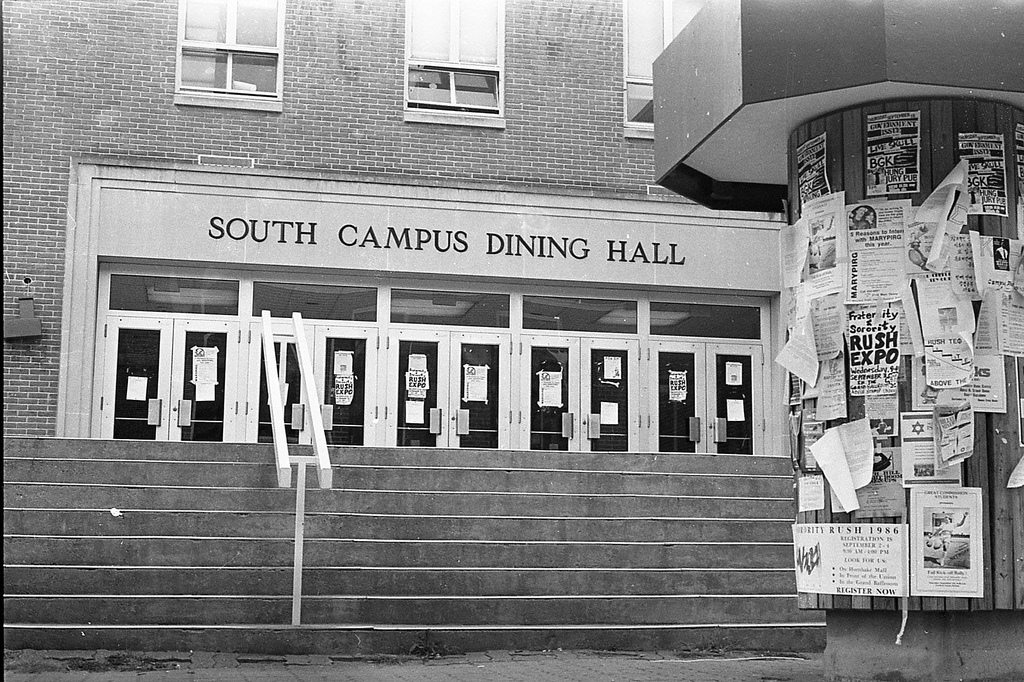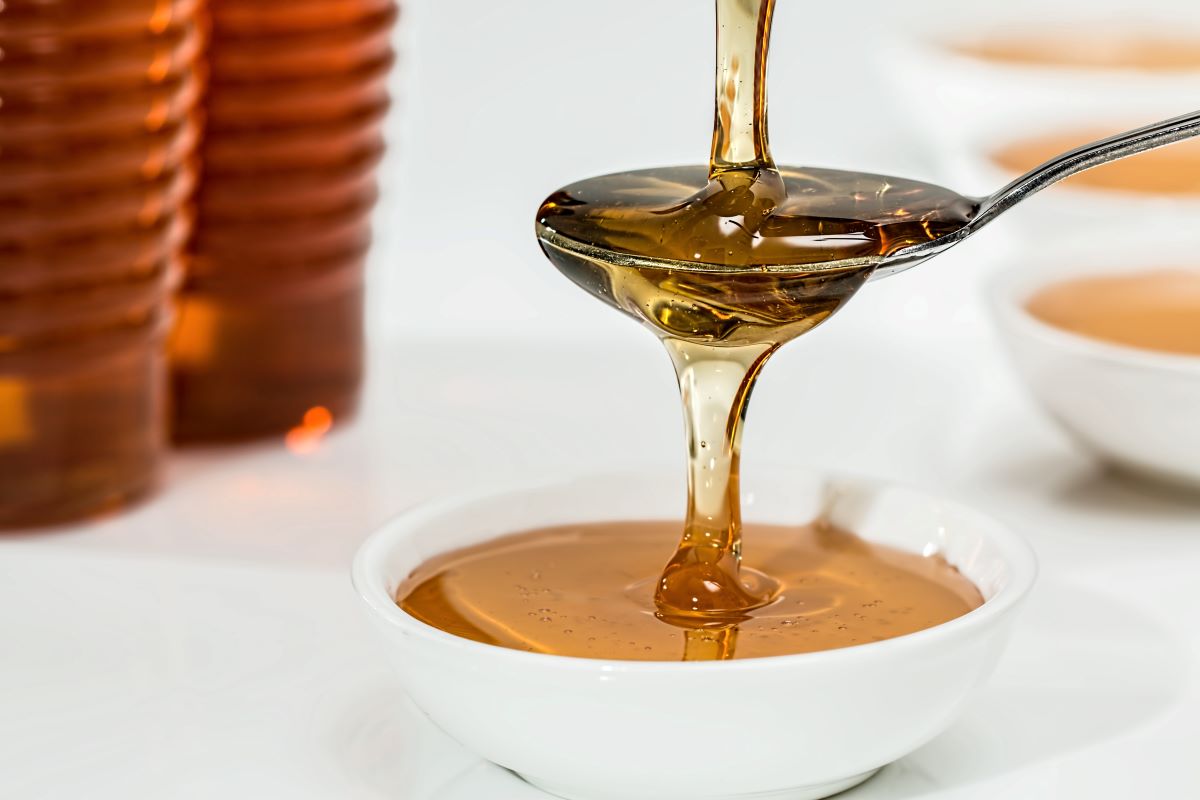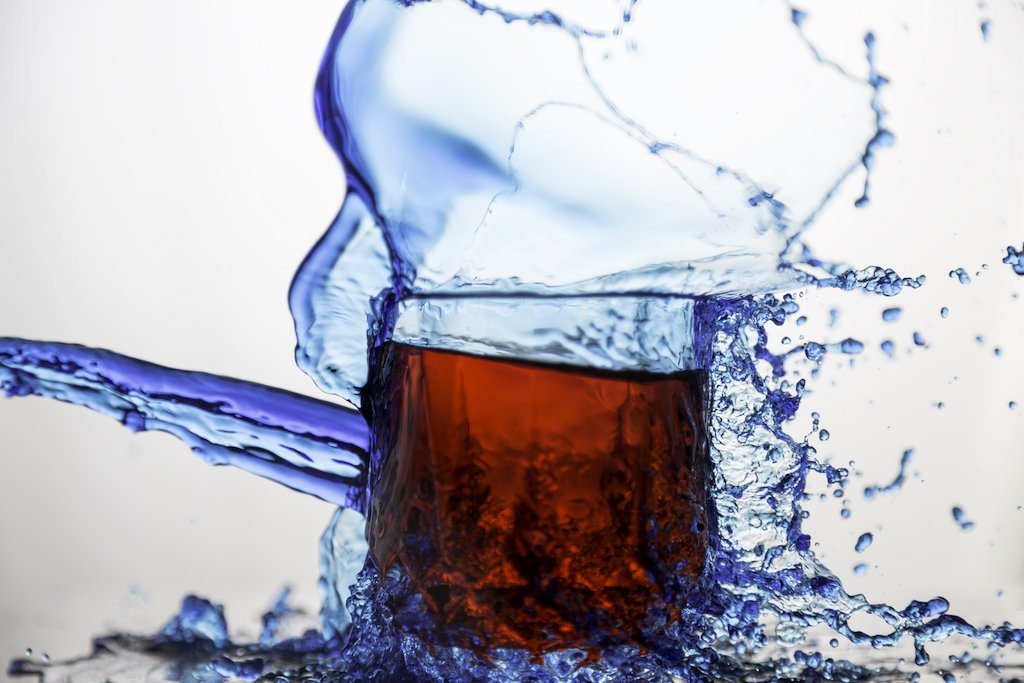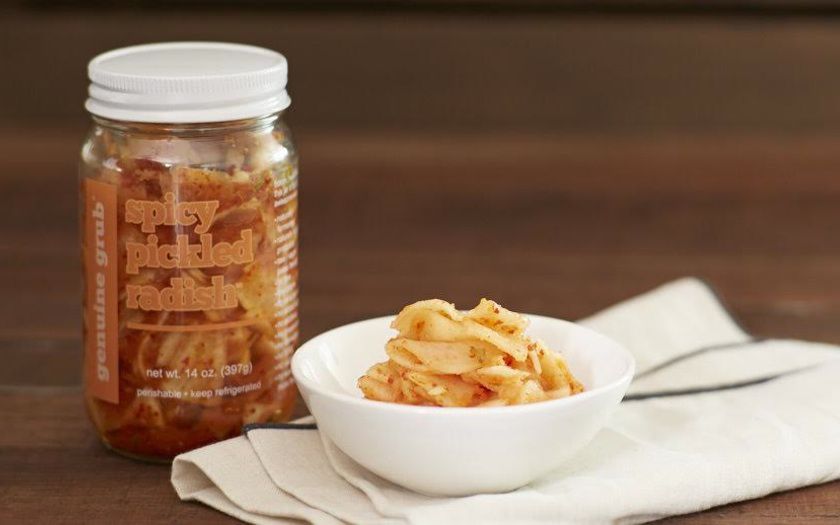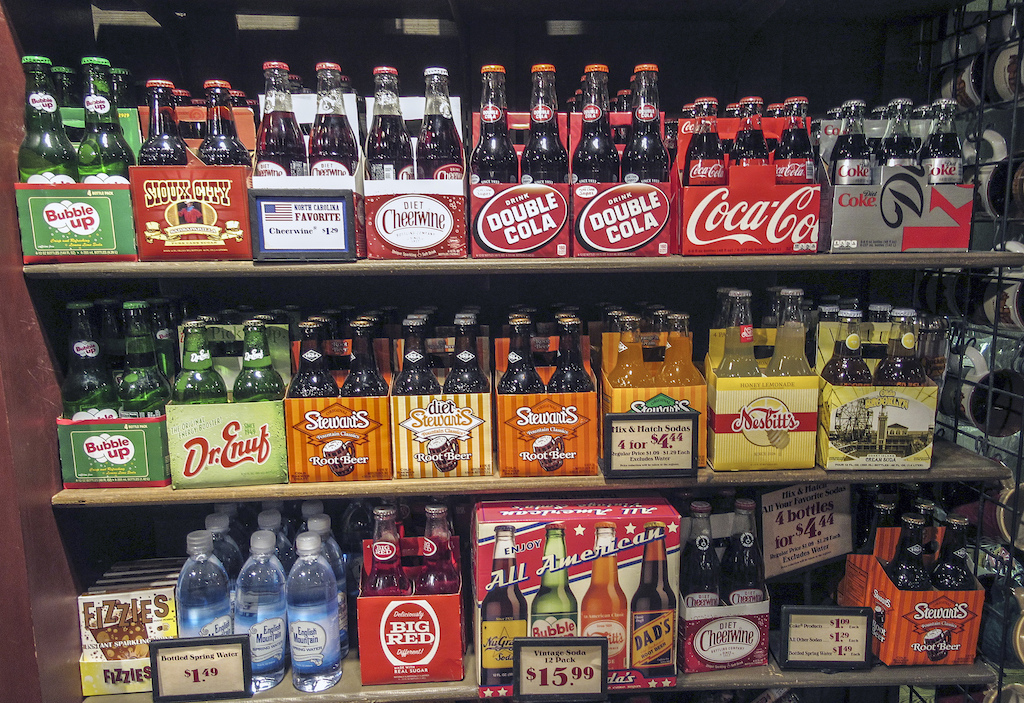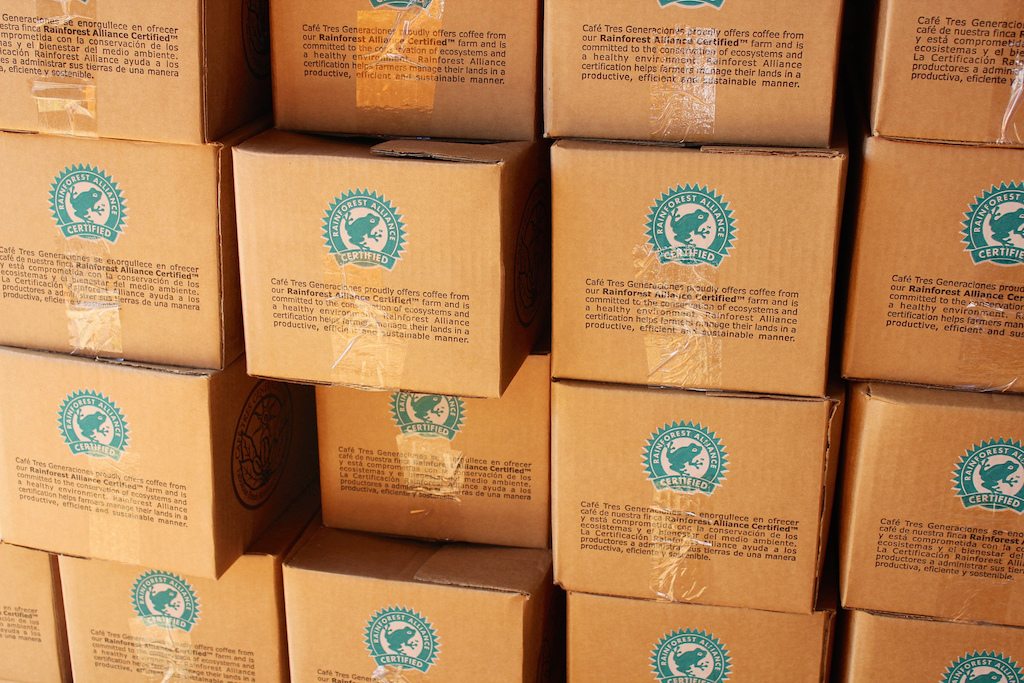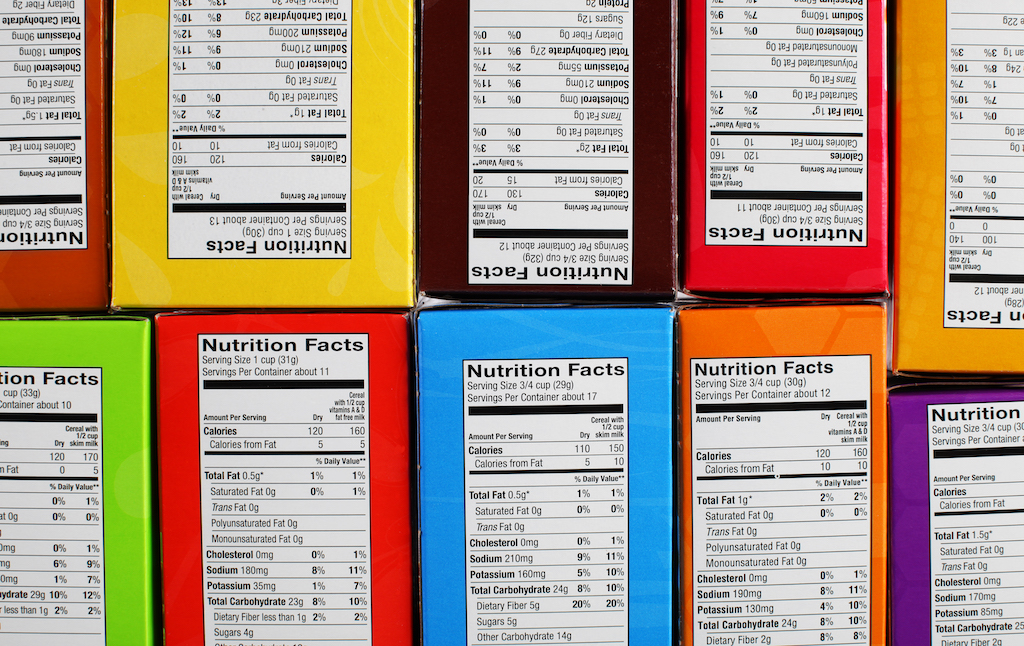PACE yourself. Good news and bad news for high school graduates: The freshman 15 is a myth. But the average college student does gain about three pounds in the first year and ten pounds during four total years of school.
And researchers in Toronto hope they’ve found a new way to head off that freshman three: By posting signs on soda fountains that indicate exactly how much exercise would be required to work off each cup of chocolate milk, Dr. Pepper, or apple juice. (Ironically, in the United States, chocolate milk is actually marketed as a post-workout drink. You can thank our weird government-supported dairy marketing program for that.) Turns out, if you tell a college student they’ll have to jog 16 minutes to burn off a third of that Coke, they’ll often choose water instead.
Now, constantly comparing the calories you eat with the calories you burn is no way to live, and I’d argue that college students deal with plenty of food- and weight-related anxiety without a daily reminder that Soda Is Bad. Regardless, the Toronto researchers found that posting physical activity calorie equivalent (PACE) information on soft drinks in cafeterias was somewhat effective when coupled with signage encouraging water consumption and highlighting the benefits of eating fruits and vegetables.
Nutritionists are starting to look at PACE labeling as a more direct alternative to traditional nutrition labels when communicating the health implications of eating a given meal. The method hasn’t been tested much (the Toronto researchers found only four studies that looked at its effectiveness, and three of those were conducted online). But PACE labeling makes sense on paper, especially with foods that are mostly “empty” calories like soda and chips. Knowing I’d have to run for 45 minutes to work off the pretzels in the vending machine will likely steer me toward the 15-minute popcorn option, just as a college student faced with the same choice might choose water over apple juice.
Problem is, the calorie-in/calories-out calculation isn’t quite as neat when you start thinking about different body types. A 200-pound person jogging for 30 minutes burns 170 more calories than a 135-pound person jogging at the same speed. And those numbers don’t even factor in your running speed: A 135-pound person has to run a 5.5-minute mile for an hour to burn the same number of calories as a 205-pound person jogging a much more leisurely 8.5- minute mile. And even these numbers are approximate: An 18-year-old boy who weighs 135 pounds will metabolize food differently from a 65-year-old woman who weighs the same and runs just as fast.
No one’s making the argument that PACE labels should replace nutrition labels, or that they should be applied to “healthy” foods in general. In fact, the researchers refrained from using PACE labeling on plain milk, since they didn’t want to discourage its consumption.
This distinction is an interesting one: It shows us that PACE labels are intended for food that’s meant only to be discouraged. Do we really want to support policies that guilt people in the cafeteria before we support policies that make people feel educated and empowered?
Regardless of your policy position, the reality is that here in the U.S., the type of labeling that discourages eating of any kind tends to tug on a lot of lobbying purse strings. We don’t have the best track record on disclosing what’s in our food—just look at the bitter recent battles over updating nutrition facts, adding sugar warnings on soda cans, and labeling calories in chain restaurants. Even if PACE turns out to be the most effective, most user-friendly way to affect snap decisions, it’ll likely be dead on arrival in most of the country’s more lucrative markets.
So maybe PACE labels help people figure out how long they’d have to run to burn off an apple juice. But they’re not accurate for non-average bodies, and they walk a thin line between giving people extra information and making them feel bad (or worse) about a treat.
